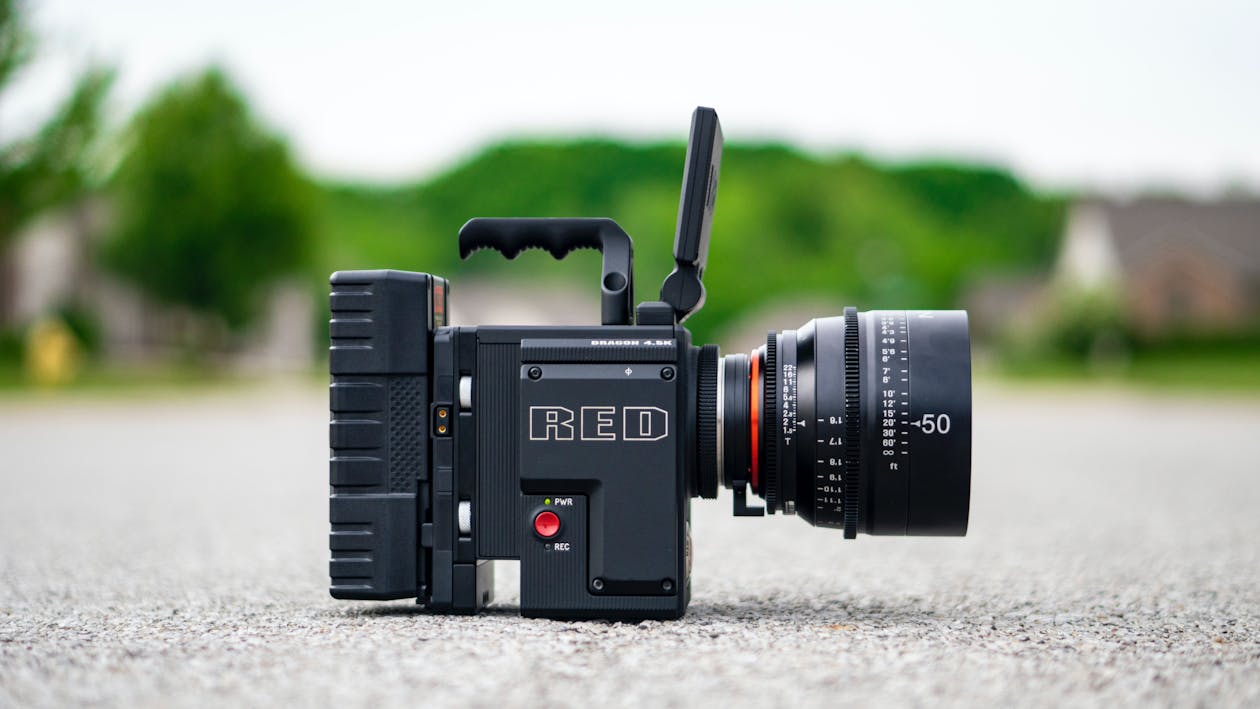

By Nabab - Apr 13, 2024
Classic effects bring a raw, grounded feel, but CGI lets imaginations run wild. While some fear CGI overshadows practical work, films like Nolan's prove they can co-exist. Most moviegoers enjoy a tasteful blend, with the focus always on the story and the emotions it sparks.

LATEST
Remember that childhood wonder, watching Indiana Jones outrun a giant boulder? Pure movie magic, right? Fast forward to today, and you've got superheroes defying gravity and mythical creatures soaring across the screen. Impressive for sure, but is it the same kind of magic? Here's the thing: the debate about CGI versus classic, in-camera effects is raging hotter than a dragon's breath. Is CGI stealing the show from the artistry of classic filmmaking, or is it simply a powerful tool that can elevate the experience? Let's grab some popcorn (real, not CGI) and delve into this cinematic showdown.
In the good ol' days, filmmaking was a hands-on affair. Explosions were real (with careful safety measures, of course), car chases involved actual stunt drivers careening down real streets, and dinosaurs? Well, let's just say they were convincing puppets operated by talented puppeteers. Take a look at the groundbreaking effects in Spielberg's Jurassic Park – sure, they might not hold a candle to today's hyper-realistic CGI dinos, but there's a certain raw, tangible quality to them that gets your heart pounding. The actors had something real to react to, which translates to a more grounded performance (and let's not forget the iconic T-Rex chasing the jeep – pure, unadulterated movie magic).
But then came the game-changer: CGI. Suddenly, filmmakers could conjure up anything imaginable – fantastical landscapes, impossible creatures, and physics-bending action sequences. The Marvel Cinematic Universe (MCU) practically thrives on CGI, giving us epic battles between alien beings and gravity-defying fight choreography. It's undeniably impressive, but some argue it lacks the soul of classic filmmaking. There's something sterile about a completely computer-generated environment. Think about it – the weight of a car crash, the grit of a fistfight, all feel a little…weightless when rendered digitally.
Here's the twist: filmmakers like Christopher Nolan, a vocal advocate for in-camera effects, are proving that the two approaches can co-exist beautifully. His movies, like Inception and Dunkirk, showcase the power of practical effects, from mind-bending sets to heart-stopping stunts. The result? Visually stunning films grounded in a sense of realism that CGI alone can't replicate. Nolan argues that practical effects force filmmakers to be more creative, pushing the boundaries of what's physically possible.
So, is CGI the enemy of classic filmmaking? Not necessarily. Think of it like a spice rack in the kitchen. Just like a dash of paprika can elevate a dish, CGI used judiciously can enhance a film. The key lies in striking a balance. A poorly executed CGI dragon might take you right out of the movie, while a well-done car chase filmed practically can leave you breathless. It all boils down to using the right tool for the job.
Here's some data to chew on: a 2023 study by the National Association of Theater Owners found that 72% of moviegoers still prefer a healthy mix of practical and CGI effects. They appreciate the realism of in-camera work, but also acknowledge the dazzling possibilities that CGI unlocks.
The beauty of cinema lies in its ability to transport us, to make us believe in the impossible. Whether it's a meticulously crafted puppet or a flawlessly rendered digital creature, the most important factor is the story being told and the emotions it evokes. So, the next time you're watching a movie, don't get caught up in the effects debate. Just sit back, relax, and let the magic of cinema, in all its forms, wash over you. After all, a captivating story is a captivating story, regardless of the tools used to tell it.